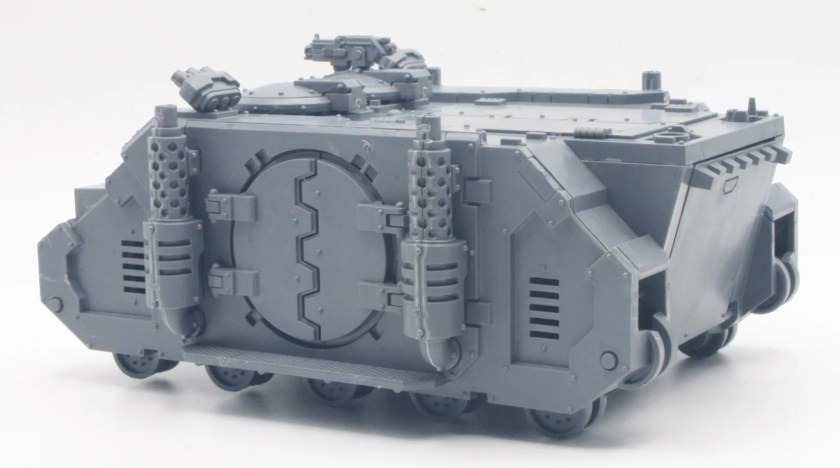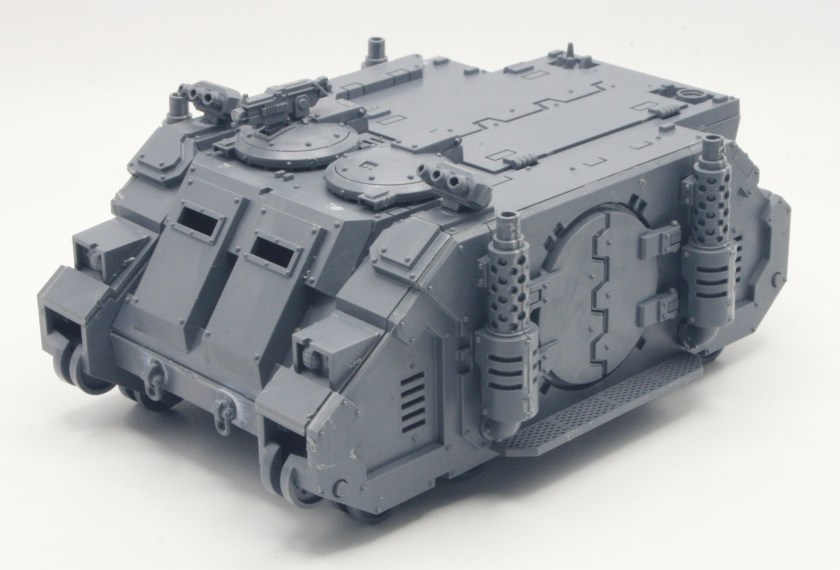Today saw the announcement of the 2023 Airfix range. I generally don’t do model kits, well I haven’t made an Airfix style model kit since the 1980s… though I have built a fair few wargaming kits since then.
I still have a nostalgic fondness for some of the older Airfix kits so was pleased to see that Airfix have announced the re-release of the Fairey Rotodyne.
The Fairey Rotodyne was a 1950s British compound gyroplane designed and built by Fairey Aviation and intended for commercial and military uses. The Rotodyne featured a tip-jet-powered rotor that burned a mixture of fuel and compressed air bled from two wing-mounted turboprops. The rotor was driven for vertical takeoffs, landings and hovering, as well as low-speed translational flight, but autorotated during cruise flight with all engine power applied to two propellers.

Due to army and Royal Air Force (RAF) interest, development of the Rotodyne had been funded out of the defence budget for a time. The RAF also placed an order for 12 military transport versions. According to rumours, the U.S. Army was also interested in buying around 200 Rotodynes.
One prototype was built. Although the Rotodyne was promising in concept and successful in trials, the programme was eventually cancelled. The termination has been attributed to the type failing to attract any commercial orders; this was in part due to concerns over the high levels of rotor tip jet noise generated in flight.
The re-release of the Fairey Rotodyne reminded me of an idea I had for an alternative history background for gaming. The basic premise was a Desert Storm background but with 1950s tanks, aircraft, helicopters and VTOL craft like the Fairey Rotodyne.
The British forces alongside Westland Whirlwinds and Westland Wessex helicopters would also have access to the Fairey Rotodyne for transport and troop insertion. I even thought about including the Bristol Belvedere, which though entered service in 1961, had its first flight in 1958.
Airfix have also announced they are re-releasing the Bristol Bloodhound SAM missile.
It was developed in the 1950s and was used for air defence until 1991 in the UK.
Alongside the aircraft and missiles I would have also added some Centurion tanks and other armoured vehicles.
I would have painted the models in a desert camouflage similar to the US Desert Battle Dress Uniform (DBDU).

Two shades of brown with those clusters of black and white spots.
As for opponents? Well that would have been Soviet aircraft and vehicles, also in a desert camouflage.
Airfix have said they will release these new models in the Autumn of 2023, so it may be a possibility, just maybe.


































